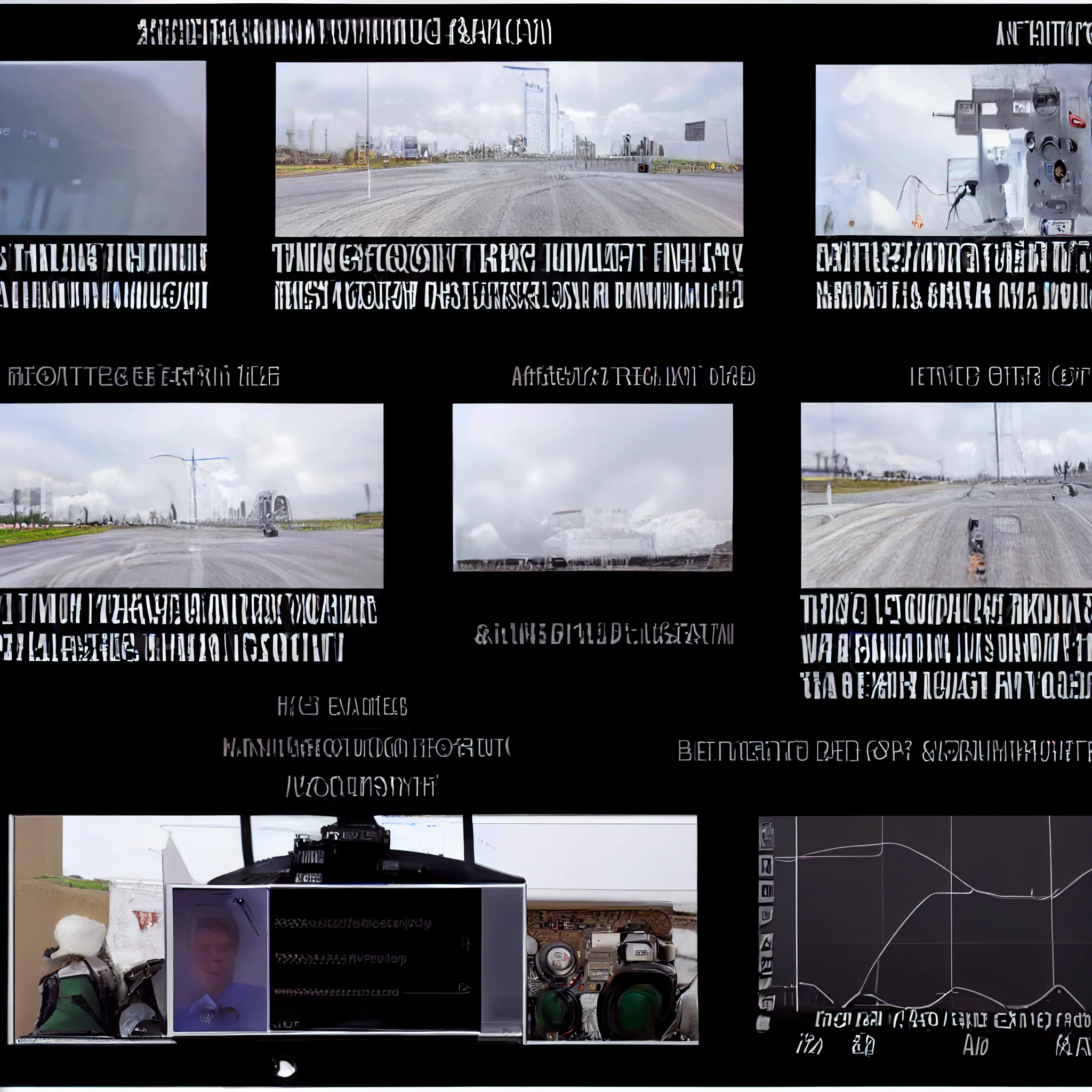What is Closed Captioning for Law Enforcement?
Closely linked to Speech-to-Text (S2T) technology, closed captioning (CC) serves as a pivotal tool in law enforcement, providing a text overlay on videos to convey spoken content. Unlike the manual subtitle creation process of the past, advancements in S2T have automated this procedure, bridging the gap between audio and video data.
How It Functions: Precision Timing and Integration
All Closed Captioning systems utilize time codes, ensuring synchronization between the video and displayed text. Subtitle files can either be embedded within the video container or exist as separate files. In streaming scenarios, subtitles may be presented on a distinct channel or integrated into the stream itself, depending on the technology employed. Frequently, subtitles originate from an S2T system. The method of displaying text on the video is termed “Closed Captioning” (CC), where subtitles can be toggled on and off. If captions are embedded directly into video frames, it is referred to as “Open Captioning” (OC), and they are an integral part of the image pixels, unable to be turned off.
Use Cases in Law Enforcement: Improving Accessibility and Communication
Closed captions find application in law enforcement by providing a means to display dialogues or additional information on screen, aiding the hearing impaired and facilitating comprehension. In scenarios where sound is restricted, such as hospitals, business environments, or public screens, closed captions become essential for conveying critical information.
Advantages of Implementation: Enriching Broadcasts and Streams
Both Open Captioning (OC) and Closed Captioning (CC) contribute an extra layer of information to TV broadcasts or streaming content. Systems that embed subtitles within the stream or file offer the advantage of ensuring subtitles are consistently maintained and cannot be overlooked or omitted, especially in scenarios involving file submissions.
In conclusion, closed captioning technology emerges as a valuable asset in law enforcement, promoting accessibility and effective communication. Its integration with S2T systems and incorporation into various scenarios ensures that critical information is conveyed seamlessly, enhancing the overall effectiveness of communication in diverse environments. This technology is integrated in Intelion.













